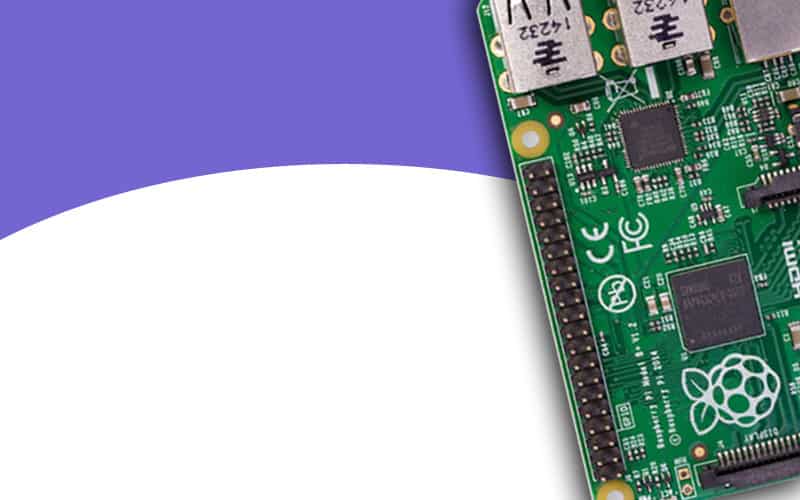Raspberry Pi GPIO Pinout Diagrams – What is it?
The GPIO pins are massively powerful and here's what each one does!

You can trust PC Guide: Our team of experts use a combination of independent consumer research, in-depth testing where appropriate – which will be flagged as such, and market analysis when recommending products, software and services. Find out how we test here.
Joel is a a lover of janky games, Magic the Gathering, and going down rabbit holes. For PC Guide he has written about peripherals, the Steam Deck, retro games, news and more.

